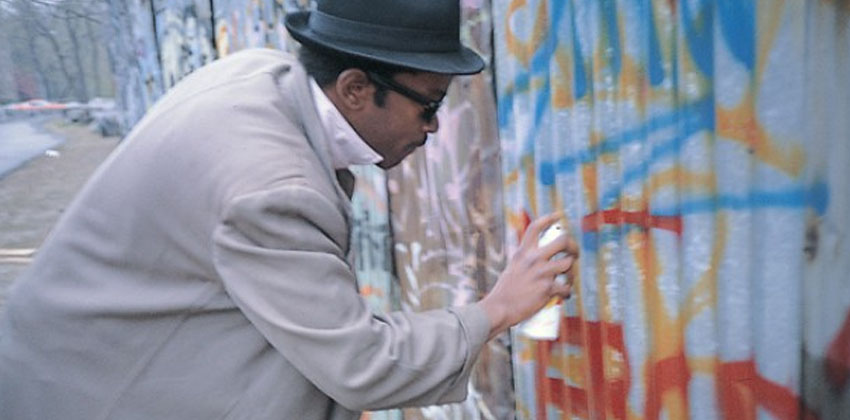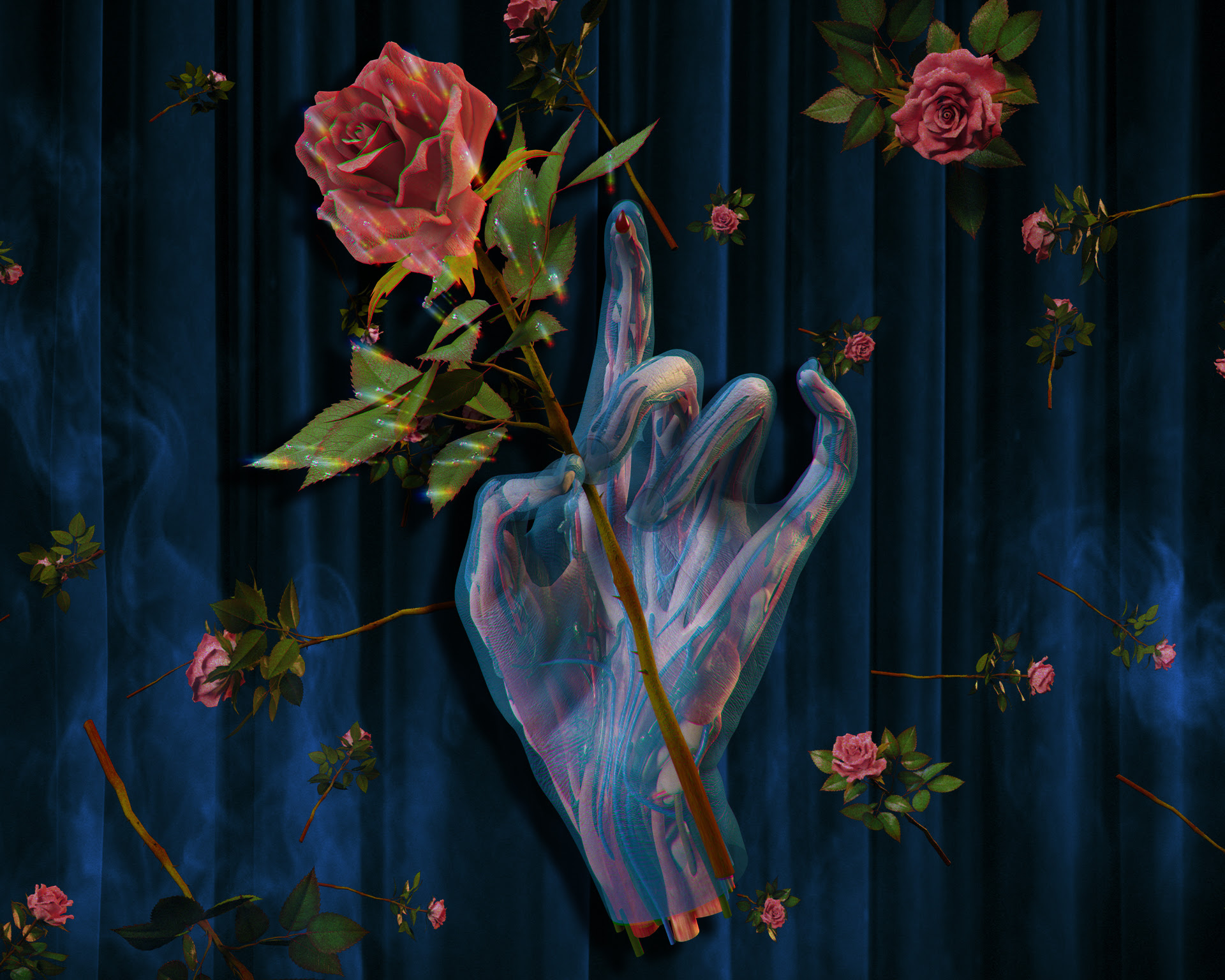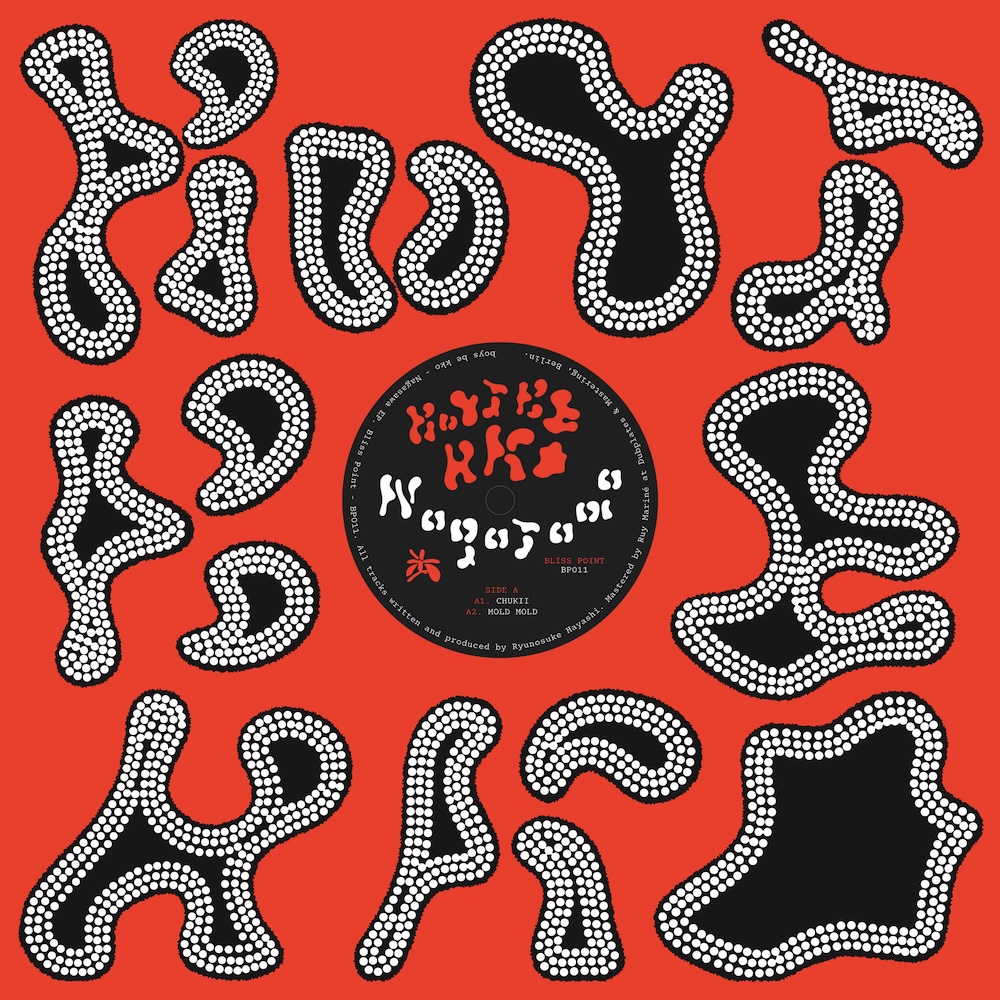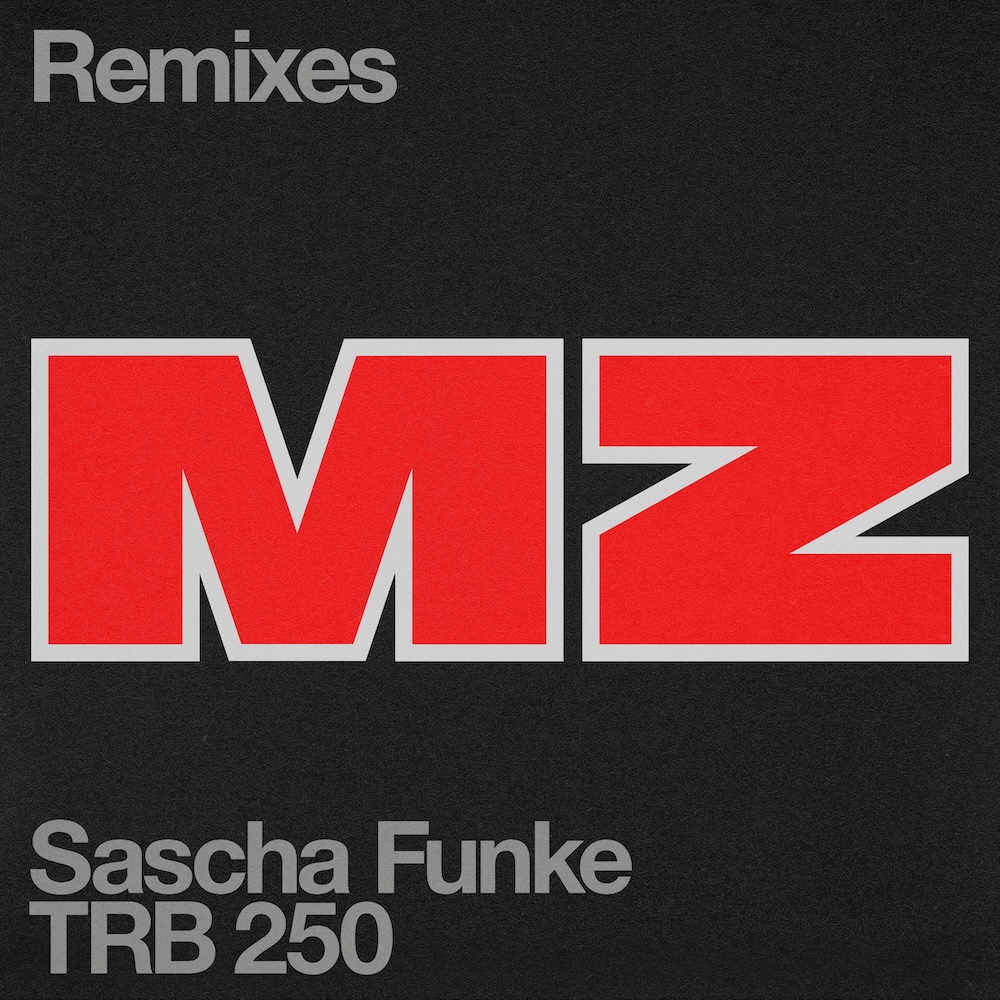The Birth Of A Culture: Wildstyle Director Charlie Ahearn Talks

If you haven’t seen it before, watching the 1981 film ‘Wild Style’ is a surreal experience. So much of the dialogue has been mined by dance music producers that I found memories of these records being frequently and involuntarily triggered. The film has become cemented in our musical subconscious by proxy. As the first hip hop movie ever made, such influence is perhaps justified, featuring as it does some of the original pioneers and one of the greats of graffiti art in Lee Quinones. Not only this, it introduced to the world some original breakbeats that continue to inspire hip hop artists and DJs to this day.
“It was kind of a harebrained scheme to think of doing this at such short notice with people who hadn’t made these records before”, says director Charlie Ahearn on the phone from New York. “It was like everything else in the movie – I didn’t really know enough to know how crazy it was to try to do that!”
Not wanting to risk having to pay record companies to use pre-existing music, Charlie teamed up with Fred “Fab 5 Freddy” Brathwaite to create some beats that would later become hip hop classics (Nas opened his ‘Illmatic’ album with one). To find the musicians, Freddy used his connections from working as a cameraman on the low-budget TV show “TV Party” enlisting Blondie guitarist Chris Stein and R&B drummer and Vietnam vet Leonardo “Lenny Ferrari” Ferraro.
As Ahearn explains, it was rather hastily put together:“The drums that he [Ferrari] was playing…he had drumsticks that he was playing on a cardboard box, which gives you an idea of how primitive it was. Anyway the record was made in two days – I mean from scratch. By that I mean the ideas to the sound was produced in two days and completed.”
Ahearn and Freddy then brought sound FX records to the studio to drop in samples while an engineer was mixing down on one inch tape.
“We had been listening to people like Grand Wizzard Theodore scratch mix in the clubs. And the DJs did like to repeat certain phrases and things that could give the sound some life. So even though the mixes we made were really short, only a minute a piece, they were packed with stuff to mix.”
From these humble beginnings the records would become massively popular. Stein said recently: “I can’t say I knew the full significance of what it would become at the beginning [of filming] and I definitely didn’t know that four years later I would have guys in the UK begging me for white labels of the Breakbeats.”
So where did the original idea to make 'Wild Style' come from? And how did Ahearn first become exposed to the scene? A major trigger was the “explosive” graffiti scene in the subways in the late 1970s and a desire to expose things that were happening on the street. Hip hop didn’t exist in the same form then but for Ahearn there was an musical undercurrent rising: “there was definitely a music thing happening that people didn’t really know where it was coming from or what it was about exactly”.
Perhaps an unlikely backer of 'Wild Style' was the UK’s own Channel 4. They gave Ahearn a $30k advance based on a Xerox he sent – a picture he took of a subway car with graffiti on it – and a one-page description of the project.
Surely he must have had connections there?
“No I didn’t! it was crazy! I wasn’t well known. I wasn’t sure if they wanted a documentary or a narrative movie, so the description pretty much combines the two elements – which was actually the movie that I made.”
Finding the stars of the rap scene such as the Cold Crush Brothers and Grandmaster Flash and persuading them to be in the movie turned out to be surprisingly easy.
“The first time that Fred and I went to the Bronx together to meet some of the rappers, some of the MCs and DJs – we went to this park and it was very dark. In this gigantic outdoor park there was reggae dub music coming from one side and from the other side was James Brown music, which meant that there was a kind of battle of the bands going on in the park.
“I went up to the area where the DJs were playing the James Brown music and I saw this rapper stood next to the stage and he later said he was sweating bullets because he thought I was the police and he had a lit joint in his hand! He thought I was going to arrest him because no white people ever came to the park – certainly not at the night time like that. I introduced myself and said I’m making a movie about the rap scene. And this guy, who I later became great friends with, his name is Busy Bee, he took me by the hand and brought me to the microphone out on the stage. He put his arm round me and he says: “This is Charlie Ahearn – Charlie’s my movie producer and we’re making a movie about the rap thing”. So in other words it took around 10 seconds to really convince people!
“And everybody I was looking for was in this audience. Now I wasn’t really a film producer, I was more like an artist. But that was great because everyone from that moment on assumed I knew what I was doing!”
Rapper’s Delight had just been released, made in New Jersey, and had used rhymes taken from Grandmaster Caz in the Bronx causing the rap scene in the Bronx to feel “ripped-off”. ‘Wild Style’ was their chance to be properly recognised.
“They thought that that maybe the train had left the station. In other words, the opportunity to get rich or famous off hip hop might have just disappeared. And I think people saw my involvement as potentially a way for people to get what they deserved out of this.”
Ahearn says nobody knew at the time just how big the music would later become: “My friends kept saying to me “hurry up and make the movie!” because everyone thought it would disappear! I don’t think anyone had any idea that this had any lasting power.
“It was kinda like the twist, maybe you don’t remember that, but the twist was worldwide between 1960-62 and then it was gone.”
Ahearn continues to document hip hop culture on film today with his new TV series “Way of the B-boy”. “I’ve already made the first installment and I’m about to shoot the next installment in Sept 13th. It’s about hardcore b-boy roots.”
While the megalith that is today’s hip hop scene rolls on, it’s reassuring to know there are people like Ahearn around to remind us of the genre’s roots, and how easily it could have gone the way of the twist.
The Wild Style Breakbeats compiled by Kenny Dope – a souvenir book containing all 13 breakbeats on vinyl lovingly re-engineered by Kenny himself – is out now on Kay-Dee and Get On Down.


















Must Reads
David Holmes – Humanity As An Act Of Resistance in three chapters
As a nation, the Irish have always had a profound relationship with the people of Palestine
Rotterdam – A City which Bounces Back
The Dutch city is in a state of constant revival
Going Remote.
Home swapping as a lifestyle choice
Trending track
Vels d’Èter
Glass Isle
Shop NowDreaming
Timothy Clerkin
Shop Now